|
So far, cosmology has shown us that this is the only place in all of space which is assuredly hospitable to life. Even the hoped-for Goldilocks planets are extrapolations from measurements - we can't observe them; we can't reach them. There's no guarantee life can survive with the gravitational forces and other variables they enjoy. When we colonize Mars, people will live out their days inside a tiny cage. They won't look out upon oceans, forests, fields, mountains, tangible grandeur which they can fish, hike, reap, climb.
I'm not saying that life is fair. It isn't. But also... in comparison to what precisely? The storms, weather, climate and atmospheres of other planets aren't exactly humane, equitable, or forgiving. The mass of most things we can point to with telescopes would crush us or tear us apart before our spaceship entered its atmosphere. Despite the ravages of this world, this little pocket of the universe is just about the only place we can manage to exist for more than a few seconds. There are unfair institutions and systems of oppression on Earth. I agree. But try Mercury out for a few breaths and compare to some of the worst situations on Earth that you imagine. We can more than exist here. We can create beauty, art, society. Check your spirit of ungratefulness for a moment. Don’t take what you do have for granted.
0 Comments
A regular practice of strength training isn’t difficult.
A life of weakness where one has allowed fitness and strength to deteriorate is difficult. It could be a simple 5-20 minutes without equipment. It could be weight lifting for frail 96-year-olds: https://www.ncbi.nlm.nih.gov/m/pubmed/2342214/. These frail 90-somethings had 50% speed improvements in walking. They had strength and balance improvements, with just a simple 8 week lifting program. We overcomplicate things, thinking we need 2 hours of strenuous depletion to get anywhere. We buy into the aging mythologies, the victim narratives, the “can’t” word choice. We obsess over scales. We hand over this prudent activity to “fanatics” alone. And as a consequence we opt to do little or nothing at all. Strengthening keeps you capable. Lack of strengthening ensures you become incapable. Lifting doesn’t have to be overwhelming. It just has to be. Without it, we find that organs, the brain, and the skeleton will deteriorate. Improving strength is for all. It doesn’t belong to bodybuilders and athletes alone. It’s not flagrant exhibitionism. It’s conservative life insurance. Fitness, strictly defined, is capacity. It’s not looks. Don’t let capacity get handed over to superficiality. Capacity isn’t superficial. Training capacity isn’t superfluous. It’s as or more important than saving for retirement, choosing the right health insurance coverage, and putting in the effort for your career. All of those actions we take with the well-founded belief there will be a future return on investment, which, in turn, gives us the capacity to do other things. Somehow, basic maintenance of our temple has become de-prioritized such that it’s bookended as excessive leisure, despite the fact that “busy” people spend 10-20 times more time on entertainment. If we were to take just 2% of the time we spend on watching shows, games, etc., and allocate it toward a practice of strengthening, we could make a substantial impact on the health crisis in the developed world. But we have to start with disabusing everyone of the false belief that strengthening is difficult or impossible or “for those types of people”. Strength is a skill. Practice however you can. That’s it. Really. Take one minute for some bridges and squats. If the motivation strikes you, learn deadlift. Practice. That’s it. Keep it simple. Be consistent. Don’t get weak. Get less weak. That’s it. Really. 97lbs weighted pullup warmup, followed by 187lbs static chin (video here: https://www.instagram.com/p/B4KRBmzD5pv/).
Years ago, when I was reliably doing single arm chin-ups and unreliably hitting messy single arm pull-ups, some math occurred to me. Namely, if you can work at 70-75% of body weight additional load for weighted pull-ups, you can begin trying single arm efforts. AND one rep maxes of weighted pull-ups respond best likewise to 3 rep ranges at over 80%. Where people get tripped up is in calculating the actual effective load (portion of body weight actually lifted [subtract forearm weight] plus additional plates AND chain). Therefore, they’re training all over the place instead of understanding at what intensity (versus true maximal capacity) they should. For those who’ve not yet even hit the body weight pull-up mark, another pitfall is using bands or machines to assist. Influencers and your local Crossfit boxes love these; but they also tend to be really bad at pull-ups. I guarantee you will NEVER achieve high level proficiency in vertical pulling by using assists and bands. Your trajectory and open axilla tensions are murky with bands or assisted pull up machines. They do not mimic in the slightest what you encounter when holding body weight or descending with body weight while suspended from a bar. First work toward static holds, then eccentrics (both of which let the body encounter actual load and angle). just to “get by.” People do nutrition and exercise for vanity. That’s fine if it continues to reinforce intelligent improvements in health and fitness. But where ya gonna be in 5, 10, 25 years? Just “getting by”? Training for looks? Give me a break. You’re going to want to be mobile and strong.
On a replaced knee, we’ve gotten this client back to full deadlifts and now 120lb Hatfield box squats (video here: https://www.instagram.com/p/B3-Lax5n4mv/). While the average American is patting himself on the back for being an impotent shadow of his 10-year-prior self, my clients in their 70s are better than they were in their 30s or 40s. While the average knee-replacement patient is patting herself on the back for kinda walking “almost normal” (and her “normal” is not good), my guy here is squatting more than he did 10 years ago. Train for more than looks, or even this year's goals. Train not just to avoid becoming an invalid. Train for a life worth living. Assist others. Promote others.
Approve payroll for employees before you figure out your own take-home or bonus. Budget groceries for your kids' needs before you consider your own. Help others with their struggles before you enjoy your next show, night out, dessert, vacation. Equip your sales team before you take any leads yourself. Consider the input of ground level people first. Listen before speaking. Give valuable feedback instead of condescending statements to stroke your own ego. Be an example, not an idol. Prepare for client appointments well in advance, consistently, and before starting other projects. Provide total relief and opportunity for the least of us before giving more to people with full pockets. Hear your fellow man's pain before you entertain your own frustration. Invest in your future self before immediate gratification for present self. Leaders eat last, because they've figured out that's how you fill your heart, fulfill your purpose, and live freely without guilt. The screenshot above is one of my morning alarms. I began sharing these a few years ago when a number of people asked me how I get up between 2:45am and 4:15am every day, and have done so since 2004. Greatness is guaranteed to no one. But when we get a jump on the day, we get a shot.
I often leave a message like this at night for myself on the alarm that will go off the following morning. This particular one is a quote from Leonidas. When a nearly million man army of Persians arrived near Sparta, the delegate told the king of Sparta that they'd be allowed to live if they simply showed allegiance to Xerxes and handed over their weapons. "Sure," Leonidas said, "Molon Labe" (come and get them). I like to think of mental stress, the daily tasks, and perceived challenges like they are the ancient Persians. The magnitude of threat has no impact on Spartan resolve. There exists no surrender in their belief system; thus the power of their opposition doesn't matter to them. In the same manner, regardless of my personal challenges looking like a million soldier army looming over me and my family, I'm still going to perform in my day exactly the same way as if there were none. If a conquest-thirsty tyrant shows up at my doorstep, good luck. My 300 man force will gladly go toe-to-toe with hundreds of thousands. If he and his allies are powerful enough, then they can come and try to defeat me. But I'm not going to let their attempts at intimidation change my mental state. Life's challenges want you to just give up, because they can't handle a fight. But you can. Molon Labe Trauma? No. Stress? Probably. Recently, researchers at the University of Michigan discovered that early life stress contributes to longer lifespan: https://news.umich.edu/u-m-researchers-discover-stress-in-…/
Whereas abuse in early life correlates with much shorter telomeres (and thus likely shorter lifespan: https://blogs.biomedcentral.com/…/childhood-trauma-patient…/), cells respond positively to some stress. This isn’t entirely surprising given that young, fit, health astronauts show signs of osteoporosis in only a few weeks of weightlessness. And, frankly, infection (or vaccination) is a major stressor, which at some level everyone agrees is a requirement for immune system maturation. The eustress of intelligent exercise programming speaks for itself. Sedentary people have the highest incidence of joint replacements. Activity doesn’t “wear them out.” Our bodies require stress. Management of stress doesn’t necessarily mean reduction. In fact, Harvard challenged that hypothesis last year when they found that people who add ADDITIONAL learning to an OVERBUSY plate end up managing stress BETTER than people who reduce their busyness: https://hbr.org/…/to-cope-with-stress-try-learning-somethin… You might have even noticed that people who resist learning (ie - changes in beliefs) are in a constant state of anxiety. Stress is going to come. Stress is good. But we must be open to being molded by it, instead of the nonstop anger at opposing thoughts and information. You might also have noticed that people who enter retirement or a semi-retirement period of life also become incredibly less resilient to stress. When you ask them what they’re doing today, you can see them bristle if they have more than one task on the list. A trip to the grocery store AND doctor’s appointment in the same day can practically kill them. Reduction of 45-65 hours of work and commuting per week didn’t do them any favors, unless they learned to fill that time with other stressors (in this case hopefully more enjoyable ones). You want some stress. About 20 weeks after getting his left knee replaced, Steve is effortlessly crouching down for a full range of motion deadlift (video here: https://www.instagram.com/p/B34KdSAjeVJ/). Albeit light, we’ve now reincorporated box squat, split stance, deadlift, and a variety of other structural lifts (which he couldn’t perform well even before becoming a surgical candidate) into the mix.
Many injuries, degenerative conditions, and accumulated damage can make function and movement seem like an impossible artifact of our youth which we’ll never regain, especially in our 60s or 70s. But through intelligent progressions and consistent strengthening, we can become more fit, more functional, more pain free, than we were long ago. People notice an ache or a tweak in their 20s, 30s, 40s, 50s, 60s, 70s, 80s, and say “this shouldn’t be a problem; it never bothered me before.” Au contraire, it was always gathering momentum, building damage, to the day you finally took notice. Organs, limbs, joints may degrade from 100% integrity and you notice nothing. They may degrade to 90% and you notice nothing. They may gradually erode to 70% of optimal function and you still notice nothing. In fact, this happens with kidney function, pancreatic function, heart function, brain function, and liver function with a lot of people all the time. Likewise, we can build the body up beneficially in ways which may not be that noticeable today. In the same way you may not notice an erosion from 100% to 65% when gradual, you'll likely not notice the improvement from 65% to 68% even if rapid. But one day, when all your peers are bedridden and incapable of ascending a flight of stairs, you’ll notice the sum of your training. At least, for most laypeople. There are a lot of pitfalls, some well-described in this article @medium.
But one that this author didn’t take much time to describe was the minutiae-feedback distraction. Big changes sometimes require blinders and an unperturbed stampede-like charge straight ahead. For most people, getting more muscular is going to require larger gains in bodyweight than a tracker would happily support. And getting significantly leaner is going to take a lot more depletion than people have the stomach for. I’ve seen 100% of diligent users lose sight of macro level trends by obsessing about day-to-day or week-to-week micro-changes. Getting wrapped up in half pound increments (or pick your minutiae distraction) is counterproductive. Keep going, despite the tracker’s beeps and blips. If you’re going to use one, use it to create more productive strategy, NOT emotional feedback. 142lbs (belt is 7lbs) added weight chin-up in the photo (video here: https://www.instagram.com/p/B3w3s_8D8S7/) - you have to eat more "than you burn" in order to gain ability. People have this false notion that exercise should be accompanied by starvation and food reduction; but the opposite is true. While improving abilities, one should be adding food.
I planned today as a rest day, but felt increasingly good through the morning, such that I wanted to test pull-up strength. 52lbs went up easy. 97lbs was a smooth 5, almost 6 reps. 142 juuuust missed. So I nailed one chin for the heck of it. When I was training high rep pull-ups this summer I couldn’t do this. In fact, now, bodyweight is higher. "Wait, what!?", you may be thinking, "how are you heavier and improving at pull-ups?" I’m eating in surplus. Weight may go up; but strength WILL go up. In fact, that’s the only way appreciable strength and size will ever be gained after being a beginner. The musculature which most people think they want requires a level of eating they aren’t ready to entertain. People are unfortunately mostly aligning exercise with reductions in food; but in a solid 12 month fitness program, at least 6 of those months should purposely be in caloric surplus in order to increase bone density, improve performance, and make denser tendons, ligaments and muscles. |
Elev8 Wellness
|
LIVE. AWESOME.We offer the highest quality in personal fitness, nutrition, and mindset coaching, helping you achieve your fitness, health, wellness and performance goals no matter the obstacle. With virtual online training and private, in-studio training we make it easier to reach your wellness goals safely.
No more can't. No more not good enough. If you compete in a sport, let your mind no longer hold you back from being the greatest. If you don't, let your mind no longer hold you back from being the best version of you that you can be. Sign-up for a Tour Covid Screen Waiver Elev8 Waiver Become an Elev8 Instructor Space Rental |
6244 lyndale ave. s., minneapolis, mn 55423
|
© 2021 Elev8 Wellness LLC. All Rights Reserved. site map | contribute | SITE BY Sproute Creative


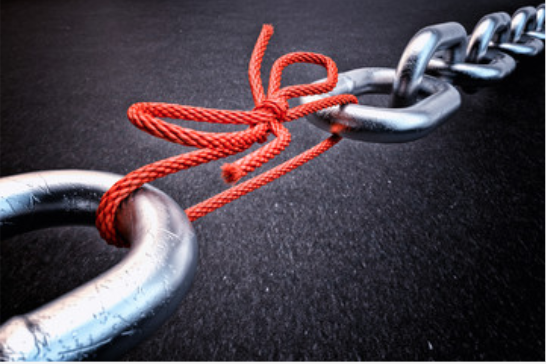
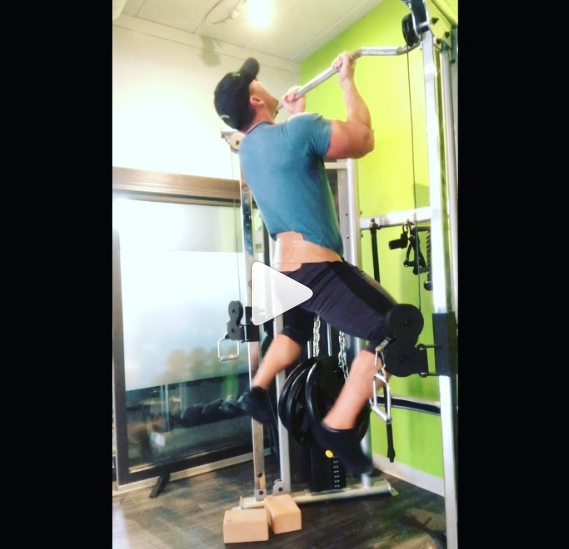
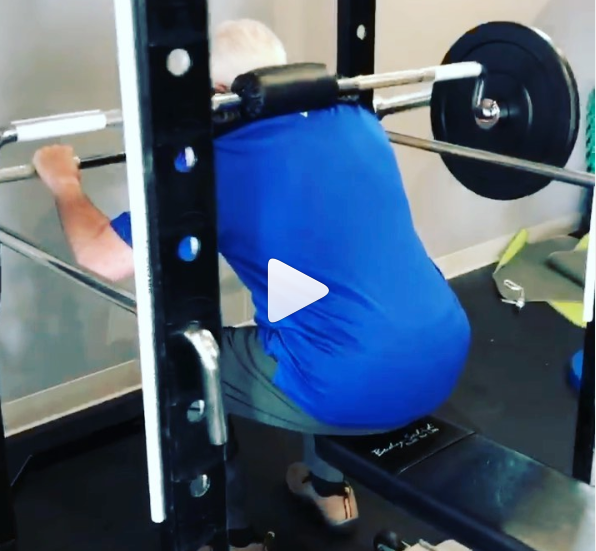



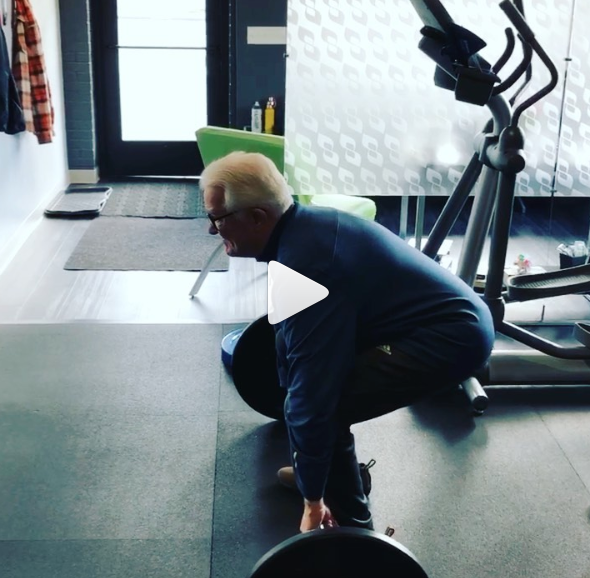
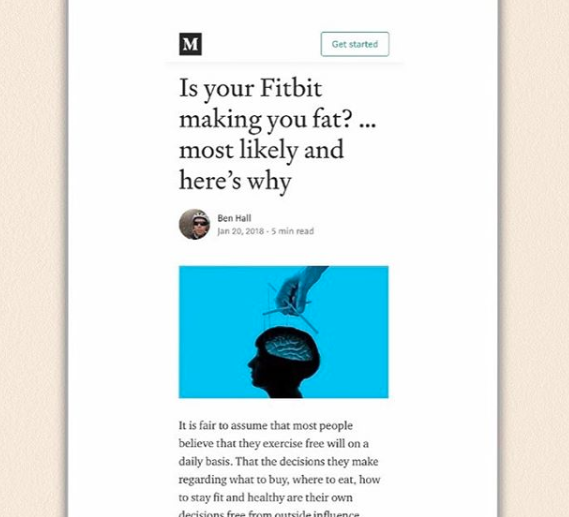
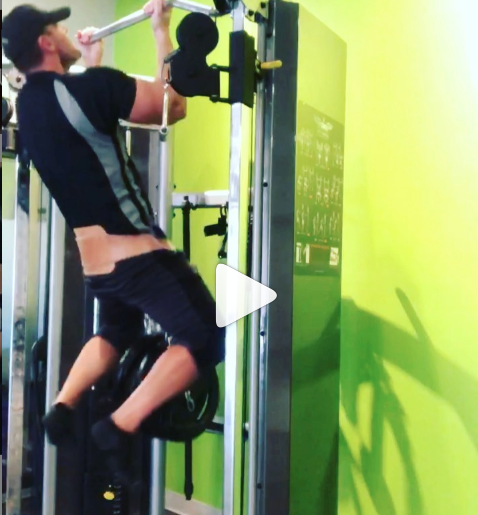
 RSS Feed
RSS Feed
